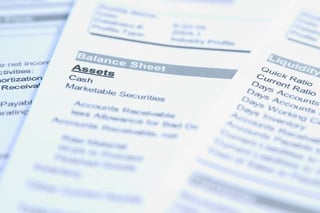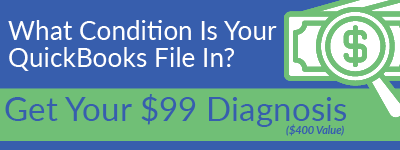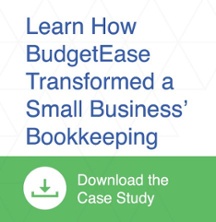Just as important as a proper P&L Statement, business owners should put equal weight on having an accurate balance sheet. Some owners find it challenging keeping the accounts in this report correct. The simple formula on the balance sheet is: assets = liabilities + owner’s equity. Knowing your business’s real net worth is about more than just balancing.
 Here are a few reasons an accurate balance sheet is necessary:
Here are a few reasons an accurate balance sheet is necessary:
- A balance sheet is a statement of your company’s liabilities, assets and net worth at a point in time, reflecting the true financial condition and value at that point.
- An accurate, current balance sheet depicts your business’s working capital position, and can be a prediction of your business’ liquidity, down the week and even days. (Current Assets – Current Liabilities = Working Capital)
- You can watch trends in receivables, payables and other debts that may indicate a potential cash shortage or a problem customer.
- A balance sheet provides insights on the behavior of your management decisions, where profit is being re-invested back into the company, or used in other ways.
- Like the P&L Statement, the balance sheet is a necessity when it comes to legitimizing the company’s value and credit-worthiness with creditors, investors and bankers. For example, working capital days, net worth ratio and debt coverage ratios are all measurements of your business’s viability.
The main components of a Balance Sheet are:
- Assets – accounts receivable, accounts payable, cash and savings balances, inventory, machinery, equipment, real estate, etc.
- Liabilities – short term and long term obligations, including bank notes, credit cards and loans
- Equity – paid in capital, distributions, retained earnings
We recommend reviewing the balance sheet and income statements at least monthly, and comparing against previous periods.
We also suggest you regularly verify each account for accuracy. We see many companies with old entries sitting on the balance sheet that need to be adjusted. Formulas of amortization are especially important to document correctly. A template for a simple balance sheet can be found here.
If you are having problems calculating any of these trends, or getting the balance sheet to actually balance, we recommend using QuickBooks to help. If you have a problem balancing, or with generating a QuickBooks balance sheet, we can help! I am Kathy Dise from BudgetEase here to make YOU more profitable. 





